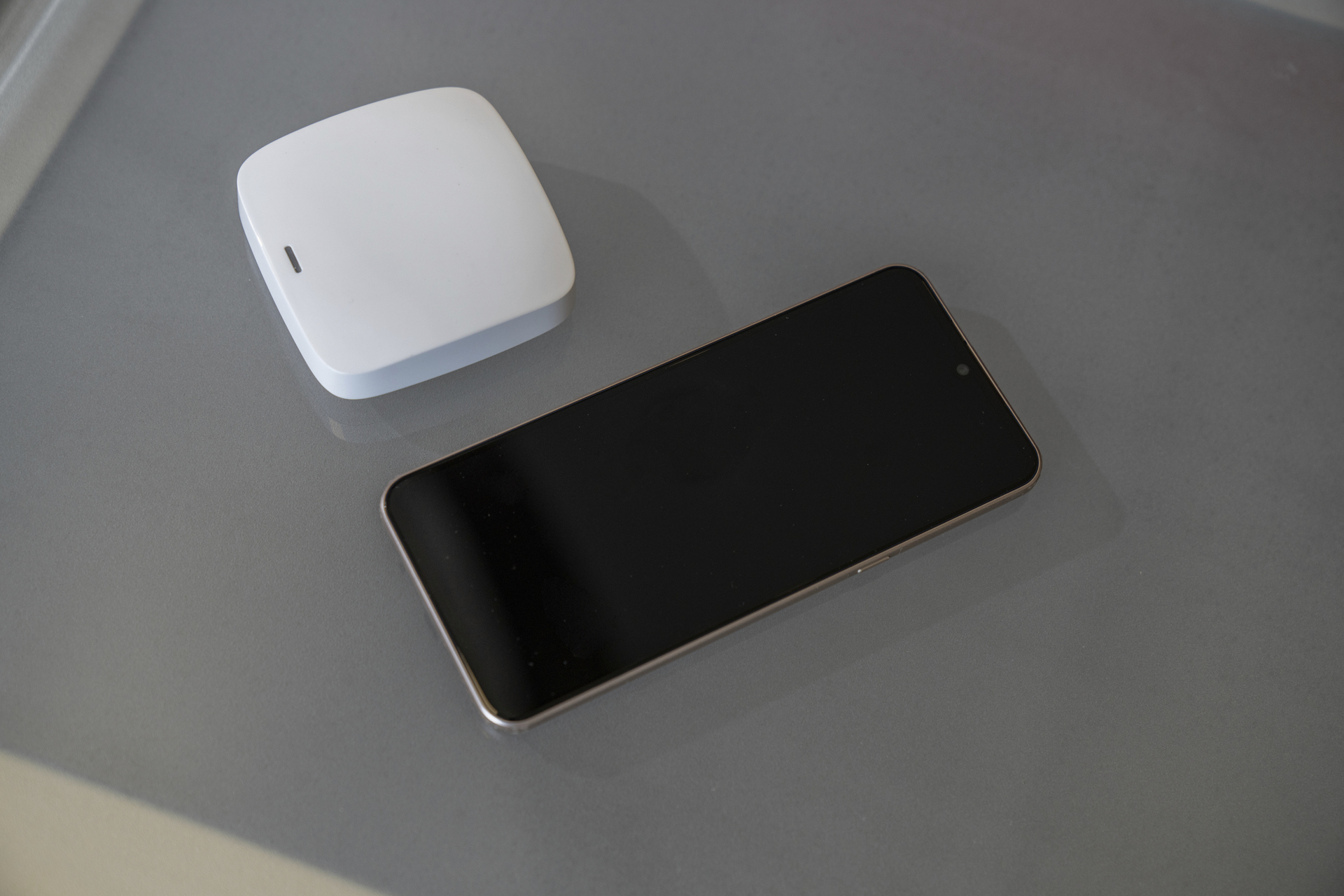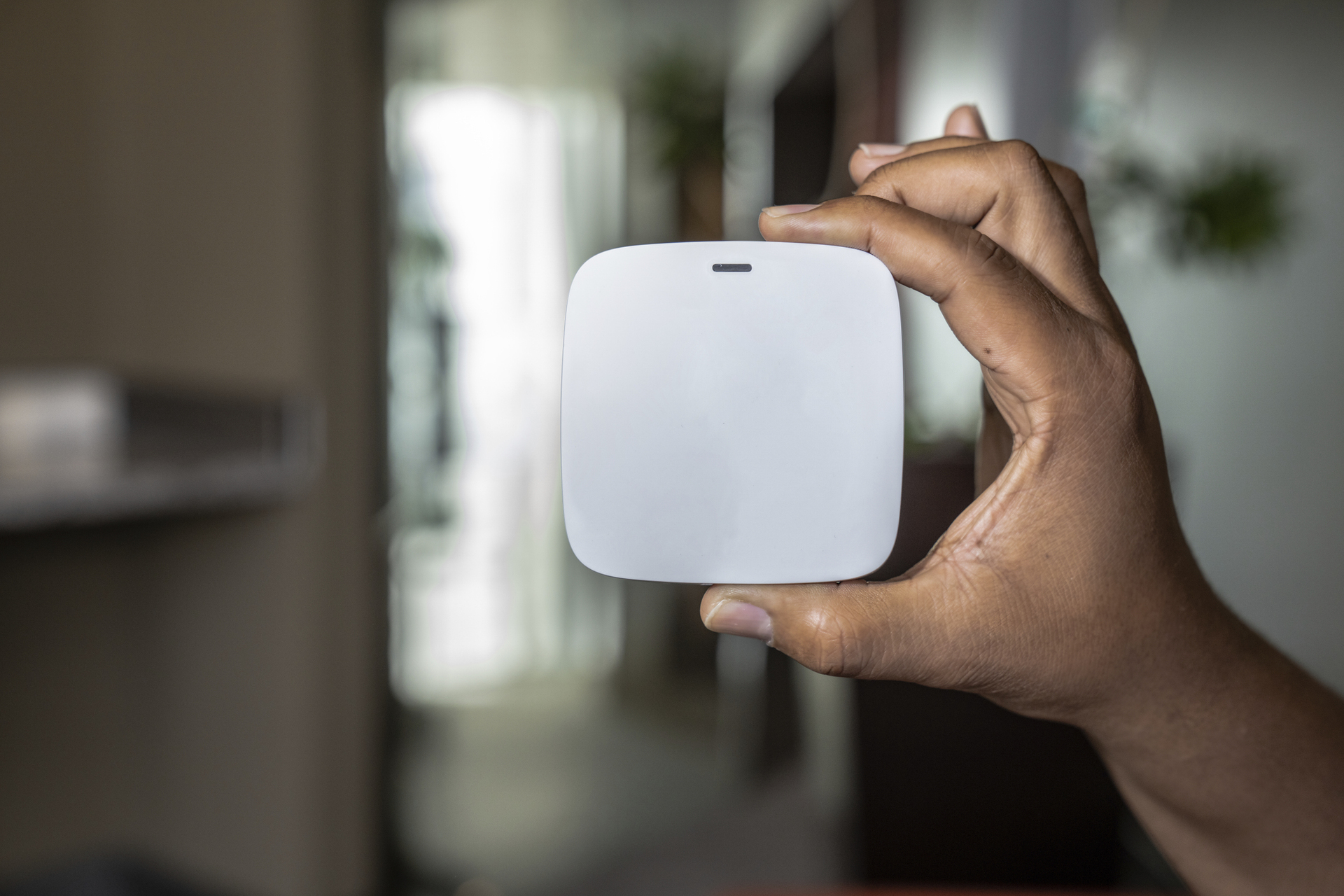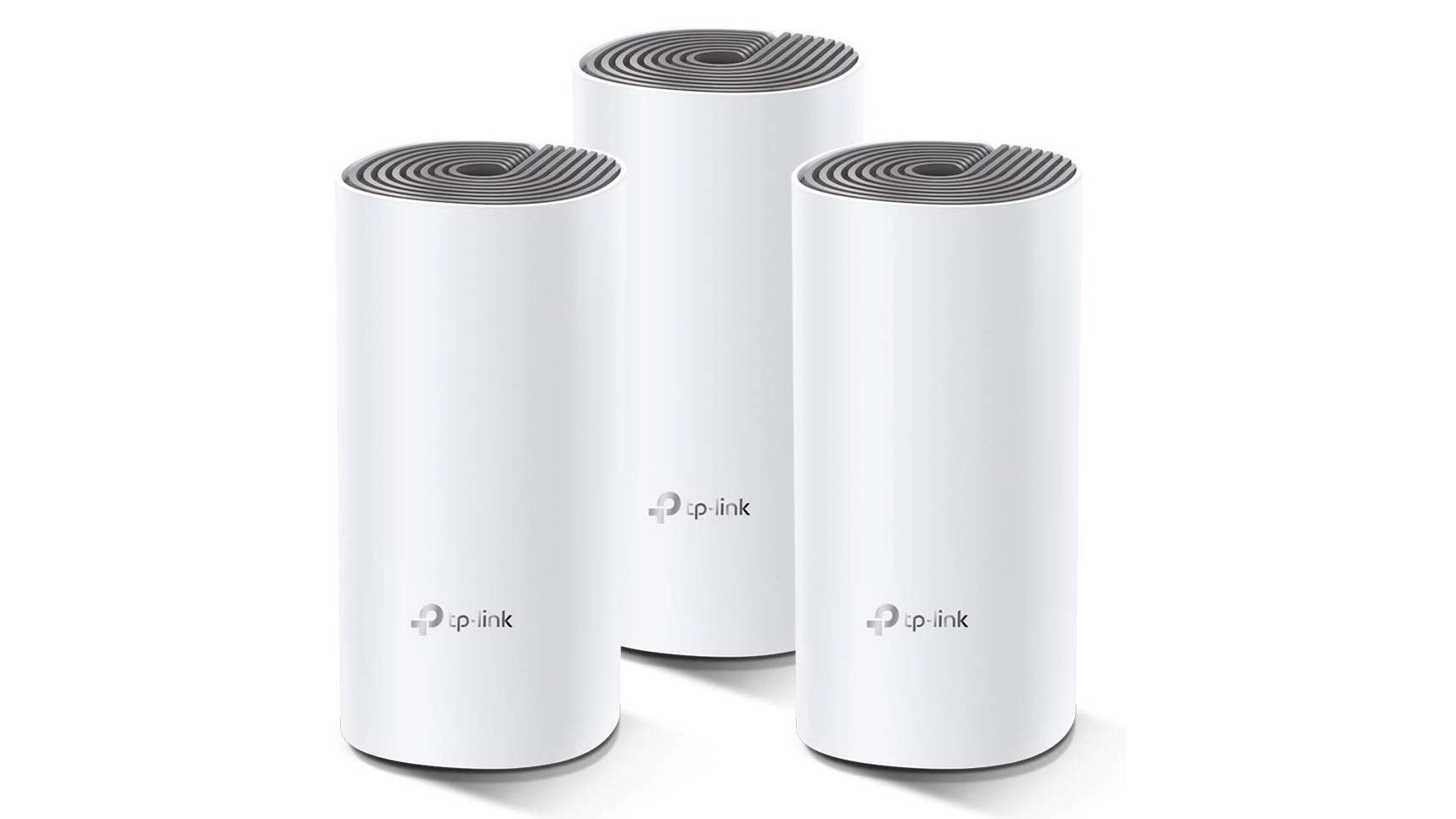Affiliate links on Android Authority may earn us a commission. Learn more.
Qualcomm's new platform brings wider Wi-Fi 6 and 6E support to mesh routers
October 27, 2020

- The Qualcomm Immersive Home platforms offers four new solutions for Wi-Fi 6 mesh routers.
- The 210 series is a more affordable dual-band option.
- The 310 series includes Wi-Fi 6E support for reduced network congestion.
Between the rapid proliferation of connected-home peripherals, higher data use across streaming services and faster internet speeds, a single router just doesn’t cut it for most users.
Mesh routers have stepped in to fill the gap through their promise of increased coverage and more bandwidth for a higher number of devices. However, as more users tap on to smart speakers or smart displays, existing Wi-Fi 5-based solutions don’t quite cut it anymore.
Wi-Fi 6 and Wi-Fi 6E, on the other hand, bring a wide range of improvements designed to reduce network congestion and allow for more simultaneous users in addition to higher bandwidth. The Qualcomm Immersive Home Platform is the company’s modular solution designed for the next generation of mesh routers.
What is the Qualcomm Immersive Home Platform?

As the next generation of Qualcomm’s mesh-networking solution, the Immersive Home platform consists of four different platforms across two tiers to cover a broad spectrum of prices.
The Qualcomm Immersive Home 210 series is a dual-band solution which improves on Qualcomm’s existing IPQ4 family of Wi-Fi 5-based options. The key focus here is to increase the number of devices that can simultaneously connect to the router, while also improving throughput (the speed between the connected device and router) as well as range. Qualcomm claims the updated platform delivers up to 2.5x throughput per watt compared to previous generation solutions, which helps keep the size small and reduce costs as well.
Meanwhile, the Immersive Home 310 series is a much more significant overhaul. The tri-band Wi-Fi 6 solution makes use of a dedicated backhaul channel over Wi-Fi 6E instead of connecting over the existing 5GHz channel to ensure there is no drop in speed or congestion over the legacy 2.4 and 5GHz channels.
What’s the difference between the four platforms?
| Qualcomm Immersive Home 214 | Qualcomm Immersive Home 216 | Qualcomm Immersive Home 316 | Qualcomm Immersive Home 318 | |
|---|---|---|---|---|
CPU | Qualcomm Immersive Home 214 1.0GHz Dual-core Cortex A53 | Qualcomm Immersive Home 216 1.0GHz Dual-core Cortex A53 | Qualcomm Immersive Home 316 1.0GHz Dual-core Cortex A53 | Qualcomm Immersive Home 318 1.0GHz Dual-core Cortex A53 |
Wi-Fi standard | Qualcomm Immersive Home 214 Wi-Fi 6 Wi-Fi 5 802.11 a/b/g/n | Qualcomm Immersive Home 216 Wi-Fi 6 Wi-Fi 5 802.11 a/b/g/n | Qualcomm Immersive Home 316 Wi-Fi 6E Wi-Fi 6 Wi-Fi 5 802.11 a/b/g/n | Qualcomm Immersive Home 318 Wi-Fi 6E Wi-Fi 6 Wi-Fi 5 802.11 a/b/g/n |
Band support | Qualcomm Immersive Home 214 2.4GHz, 5GHz | Qualcomm Immersive Home 216 2.4GHz, 5GHz | Qualcomm Immersive Home 316 2.4GHz, 5GHz, 6GHz | Qualcomm Immersive Home 318 2.4GHz, 5GHz, 6GHz |
Spatial streams | Qualcomm Immersive Home 214 Up to 4 | Qualcomm Immersive Home 216 Up to 6 | Qualcomm Immersive Home 316 6 | Qualcomm Immersive Home 318 Up to 8 |
Peak speed | Qualcomm Immersive Home 214 Up to 3.0Gbps (Peak PHY rate) | Qualcomm Immersive Home 216 Up to 5.4Gbps (Peak PHY rate) | Qualcomm Immersive Home 316 Up to 5.4Gbps (Peak PHY rate) | Qualcomm Immersive Home 318 Up to 7.8Gbps (Peak PHY rate) |
Bluetooth | Qualcomm Immersive Home 214 5.1 | Qualcomm Immersive Home 216 5.1 | Qualcomm Immersive Home 316 5.1 | Qualcomm Immersive Home 318 5.1 |
Features | Qualcomm Immersive Home 214 160MHz channel support, OFDMA, MU-MIMO, TxBF, TWT, Qualcomm Wi-Fi SON, EasyMesh | Qualcomm Immersive Home 216 160MHz channel support, OFDMA, MU-MIMO, TxBF, TWT, Qualcomm Wi-Fi SON, EasyMesh | Qualcomm Immersive Home 316 160MHz channel support, OFDMA, MU-MIMO, TxBF, TWT, Qualcomm Wi-Fi SON, EasyMesh | Qualcomm Immersive Home 318 160MHz channel support, OFDMA, MU-MIMO, TxBF, TWT, Qualcomm Wi-Fi SON, EasyMesh |
Both the Immersive Home 214 and 216 are similar platforms in that they are based on a dual-band solution. The key difference between them is support for additional spatial streams on the 216.
A spatial stream is a transmission technique which allows for multiple data signals from each individual antenna. Those two additional streams on the 216 will allow for a theoretical speed increase from 3.0Gbps to 5.4Gbps. In real world use, you can expect support for more devices and faster local data transfers or even 4K streaming on more screens simultaneously.
The differences become a lot more drastic when you move from the 210 to the 310 platform. The Qualcomm Immersive Home 310 series introduces Wi-Fi 6E to the mix. The latest addition to the Wi-Fi 6 standard opens up access to the 6GHz spectrum. Moreover, data transfer between separate nodes or access points happens over the 6GHz spectrum that is not just significantly faster, but also leaves both the 2.4GHz and 5GHz channels open without any network congestion
The additional radio band opens up 1,200MHz of bandwidth which is critical for reducing congestion and can allow for use cases like 8k streaming with real world speeds in excess of 1Gbps as well as lower latency.
The key difference between the Immersive Home 316 and 318 lies, once again, on the spatial band support. While the 316 supports six bands, the 318 ups this to eight which allows for more simultaneous data streams and hence increases the theoretical data transfer speed to 7.8Gbps.
What does it mean for buyers?

While the Immersive Home Platform isn’t Qualcomm’s first foray into Wi-Fi 6-based solutions, the wider array of options across price segments should lead to greater competition in the chipset space.
The segment already has options from the likes of Broadcom and Marvell. However, additional options and more lower priced options should spur a broader array of affordable mesh routers that support the latest standard.